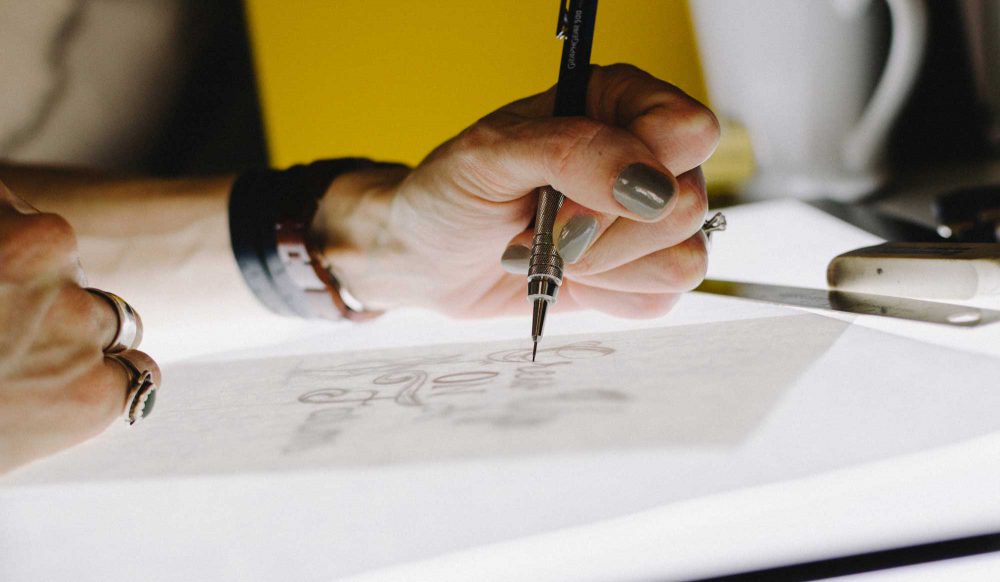Could Your Logo Be Turning Away Customers?
March 5, 2019
Jeremy Wells
While your logo isn’t the only factor in driving a successful business, it is one you cannot afford to ignore.
According to Dr. A. K. Pradeep, consumers make buying decisions much quicker than one might imagine. In fact, the subconscious mind is responsible for driving nearly all of our buying decisions. This points to the idea that the initial perception of an image such as a logo can more important than many might expect. The colors, fonts, styles, patterns, layout, etc. can all play a role in making a good first impression on the buyer’s mind.
In addition, paying attention to the details of your logo can create the right perceptions about what your business is and what you stand for. This article will provide critical considerations when it comes to your brand’s logo.
According to Forbes, luxury consumers seek out the perception of value just as much as the value of the product or service they purchase. When it comes to a logo, perception is literally everything. There are three brand strategies you can use to ensure your brand’s logo is perceived at the most optimal state.
Build an Image That People Can Get Behind
The John Deere logo is an example of an iconic brand that is more than 182 years old. However, it’s the logo of the infamous Deer was created 27 years after the inception of the company.
The iconic image of a leaping deer was an image that connected consumers to the values of the brand. The iconic deer stands by the company’s push for perfection and prosperity. The idea of perfection and prosperity is depicted in the deer and have stood the tests of time.
However, building an image that people can get behind means you must understand your customer. You must take the time to discover who they are, what they stand for, what they believe, and how they react to what they see, smell, taste, and feel.
In most applications of the John Deere logo, people can actually feel the deer jumping off of the sign. The end goal of a great logo is to spark the desired feeling deep enough to cause someone to take action without thinking. You grab your favorite drink, food, clothing, etc. purely induced by the buying, subconscious brain.
Pay Attention to the Psychology of Color and Shapes
Color and shapes mean something. There are thousands of studies on the psychology of color and shapes. What this really means is that you should pay attention too.
Looking back and John Deere of recent years, the green stands for luxury and good taste while the yellow depicts positivity and demands competence. Both these colors together and the streamlined exact shape of the John Deere logo as it stands today drives in deep to the subconscious mind the feeling of perfection from exact shapes, prosperity from the deep, dark green, and a sense of trustworthiness from the yellow suggestion of positively competent to get the job done.
What does the psychology and shape of your logo demand?
Engage Others in the Process
The last strategy is one of engaging others for feedback along the logo creation process.
Engaging employees, stakeholders, and customers is a tedious process at times but valuable to build a better connection between real people and what you want your brand to mean. Steps in the design process typically include brainstorming, conceptual sketches, rough mockups, and a final pitch of a logo solution. With each step of the process, there is more meaning unveiled through the use of colors, shapes, typography, patterns, and textures.
The brand then grows into something you will hang your livelihood on.
Getting good, honest feedback and input in what others are feeling when they see your brand helps make sure you get the best brand you can afford. One important note when thinking about engaging others, put a limit to it and timelines. Otherwise, you can end up in what is called analysis paralysis where your logo may go to die.
Keep it objective and on track.
These are 3 ways to build a logo which is strong enough to compete and beat out your competition. Having a logo that clearly communicates who you are and what you stand for at only a glance isn’t an easy task. Create an image that lies at the center of everything you do and represents you well.
Sources:
The Buying Brain: Dr. A. K. Pradeep
Jeremy Wells
Partner at Longitude°
Jeremy is the author of Future Hospitality and Brand Strategist at Longitude°. As a member of the Education Committee for The Boutique & Lifestyle Leaders Association (BLLA) and a content contributor to Cornell University’s Hospitality Vision and Concept Design graduate program, he is a committed thought leader in hotel branding, concepting, and experience strategy.





